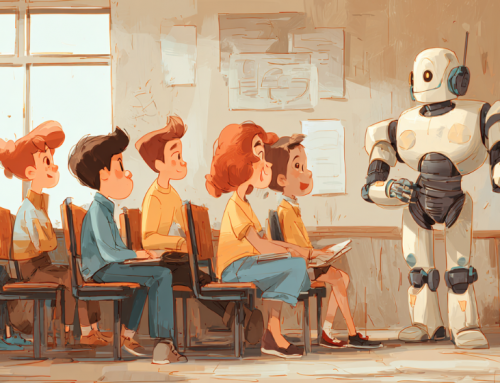
Smartphone-Powered DL App Shows Promise for Agriculture Revolution
Using a version of Google’s Inception-v3 neural network, researchers have discovered a means of identifying diseased cassava plants using software that can be employed on smartphones. Using only photos of a plant’s leaves, diseased and mite-ridden plants can be spotted with high accuracy, as reported by Wired, which covered the soon-to-be-published study.
While Inception and other successful image recognition networks must be trained on vast data sets of meticulously categorized and tagged images, the study’s results were the product of a network trained on only a couple thousand photos of cassava leaves. Inception is able to learn so rapidly with such a comparatively small data set thanks to “transfer learning;” in other words, while Inception has no ability to identify and analyze cassava leaves out-of-the box, the network has become so adept at recognizing unique qualities of millions of other images that it has learned very well how to learn to recognize images quickly–for instance, a particular blemish on a cassava leaf that may indicate disease.
While the promising results of the research have potentially profound implications–cassava, best known as the source of tapioca starch, is a staple crop in the developing world and this technology could easily empower farmers to better diagnose and prevent plant illnesses– future applications of similar technology reach even further. Similar AI-based computer vision applications could easily be trained to help farmers worldwide spot illness in other crops. It also could help enable automated farming (for which a promising proof-of concept has already been implemented in the UK), in which robotic sensors could constantly scan and assess the health of a crop down to the level of individual plants.







Leave A Comment